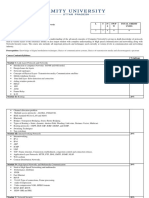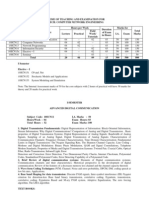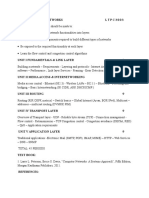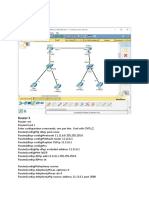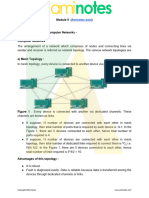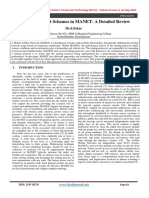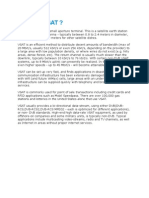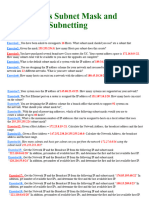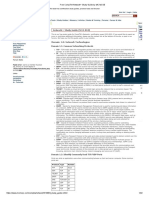0% found this document useful (0 votes)
21 views3 pagesLecture Plan - Comp Networks
The document outlines the course structure for 'Computer Networks' (ECECC19), detailing the course outcomes and content across five units, including topics such as OSI and TCP/IP models, network topologies, routing algorithms, and transport layer protocols. It includes practical experiments designed to reinforce theoretical concepts and an evaluation scheme for continuous assessment. Suggested readings and contact information for course instructors are also provided.
Uploaded by
poddarsandeep063Copyright
© © All Rights Reserved
We take content rights seriously. If you suspect this is your content, claim it here.
Available Formats
Download as PDF, TXT or read online on Scribd
0% found this document useful (0 votes)
21 views3 pagesLecture Plan - Comp Networks
The document outlines the course structure for 'Computer Networks' (ECECC19), detailing the course outcomes and content across five units, including topics such as OSI and TCP/IP models, network topologies, routing algorithms, and transport layer protocols. It includes practical experiments designed to reinforce theoretical concepts and an evaluation scheme for continuous assessment. Suggested readings and contact information for course instructors are also provided.
Uploaded by
poddarsandeep063Copyright
© © All Rights Reserved
We take content rights seriously. If you suspect this is your content, claim it here.
Available Formats
Download as PDF, TXT or read online on Scribd
/ 3

